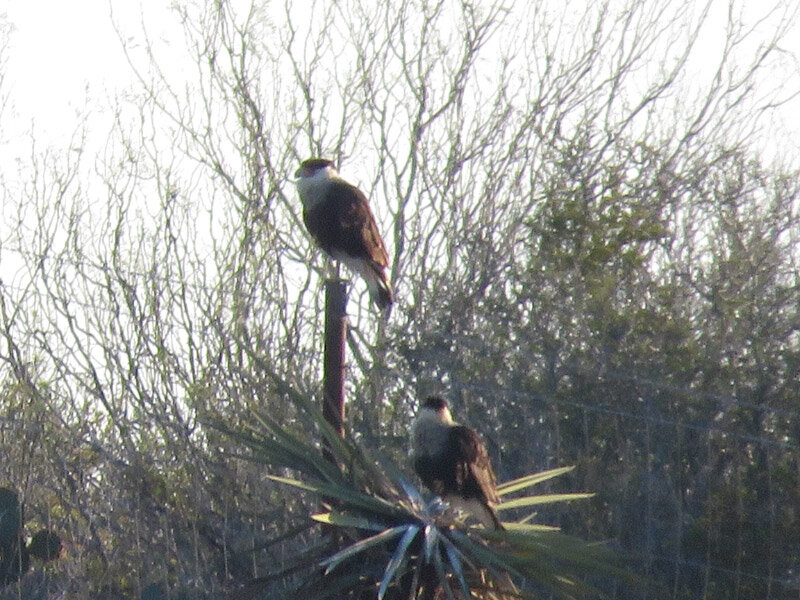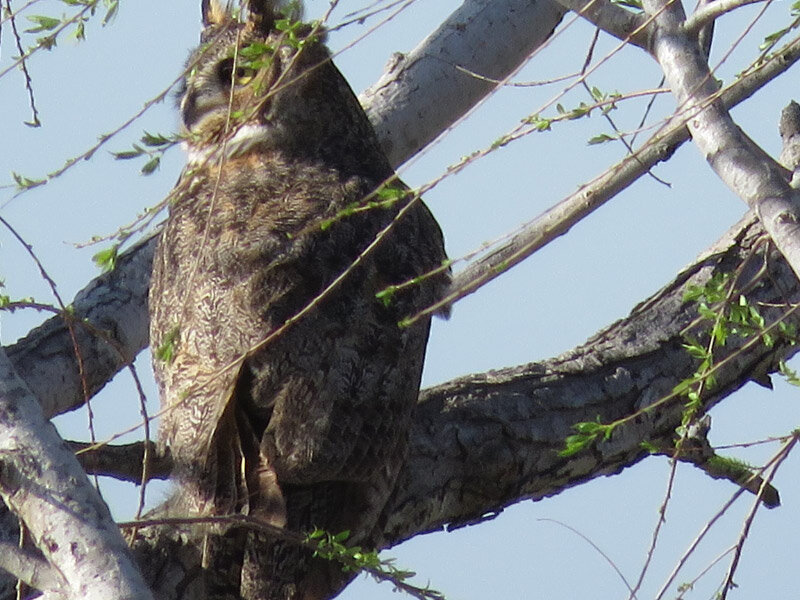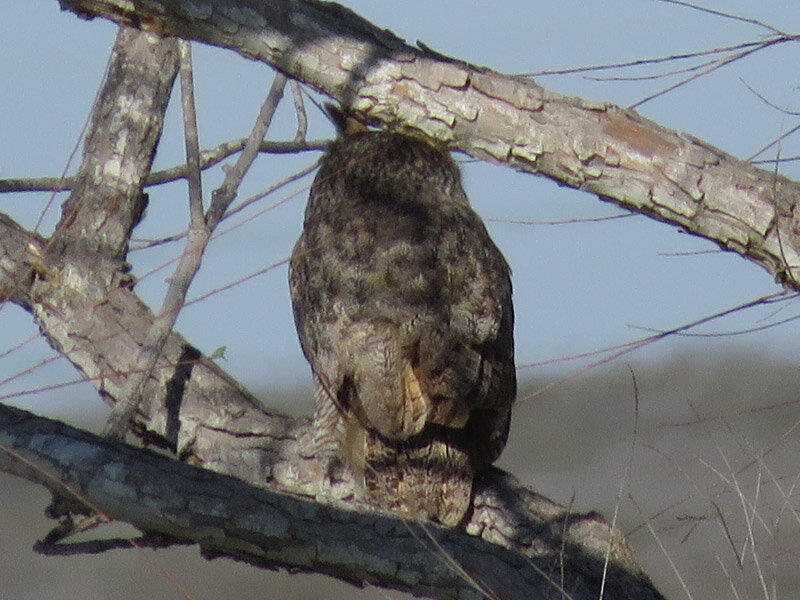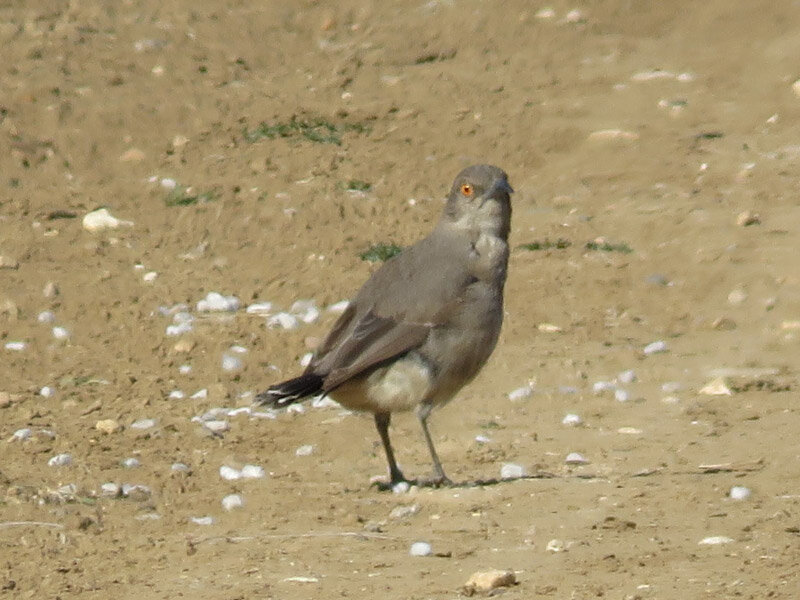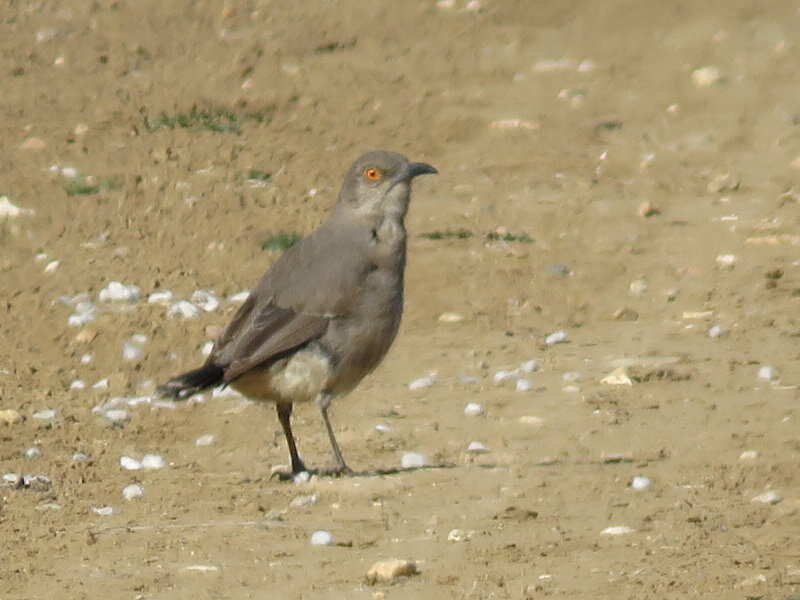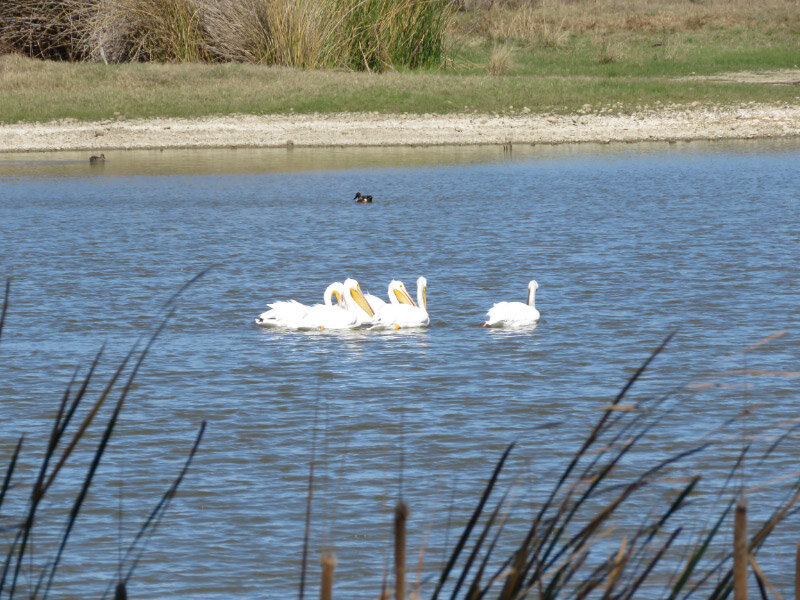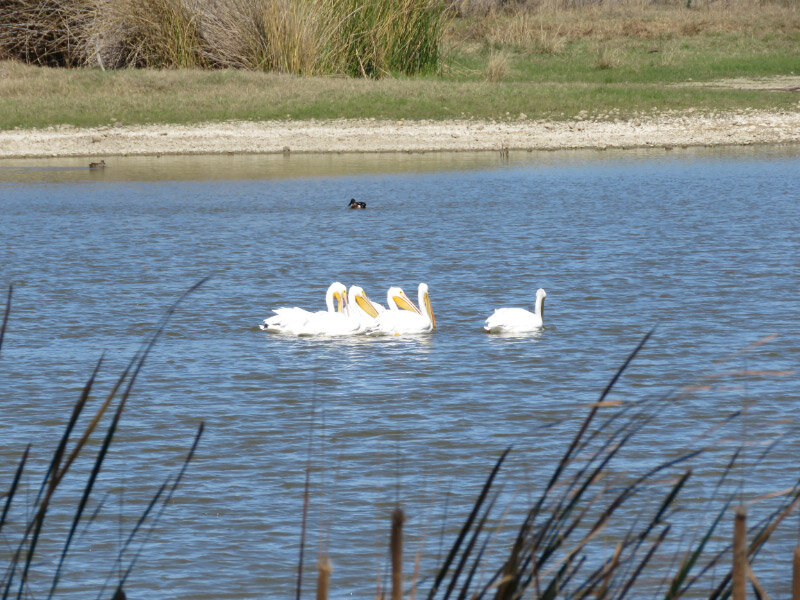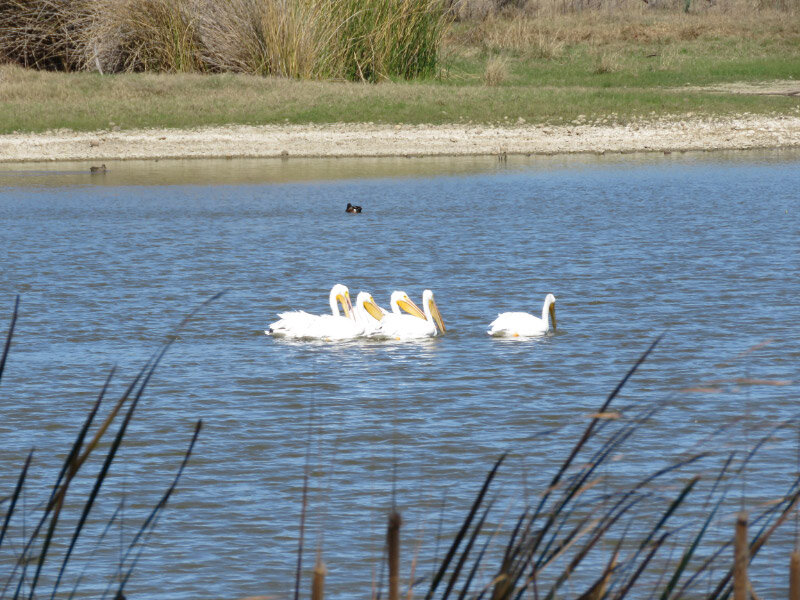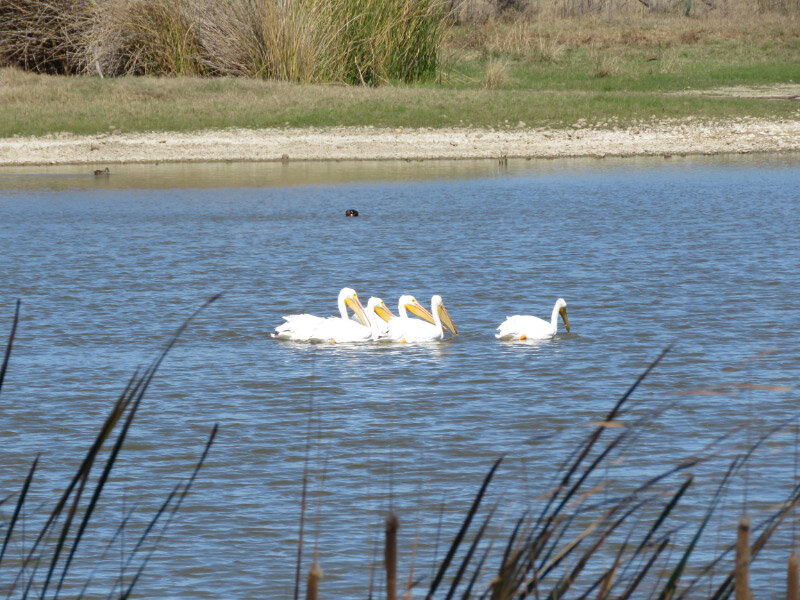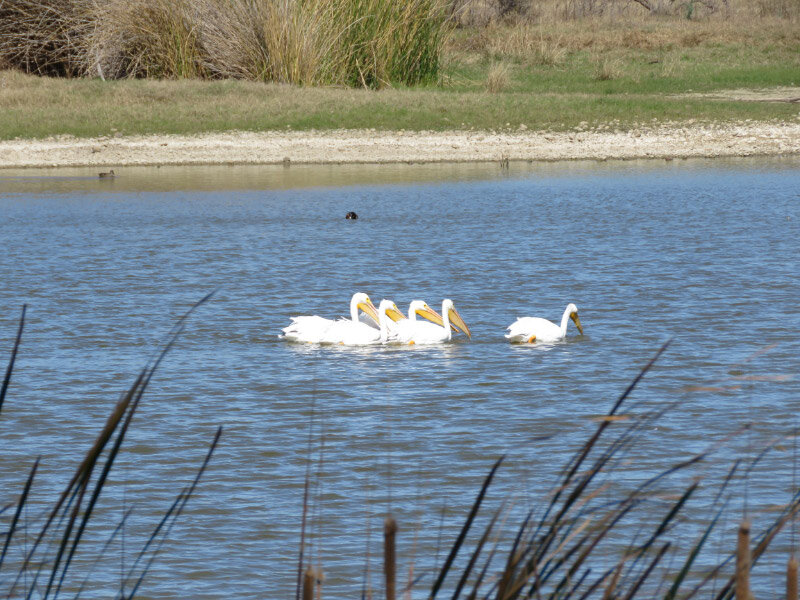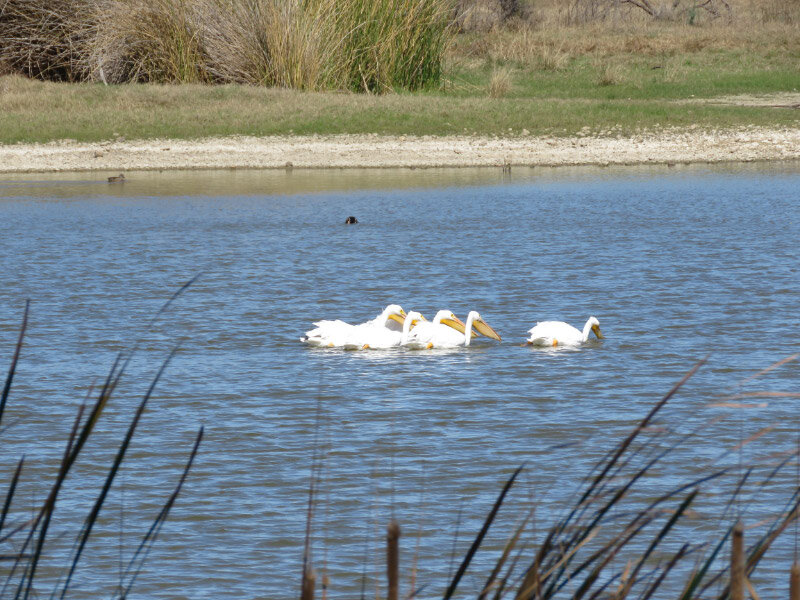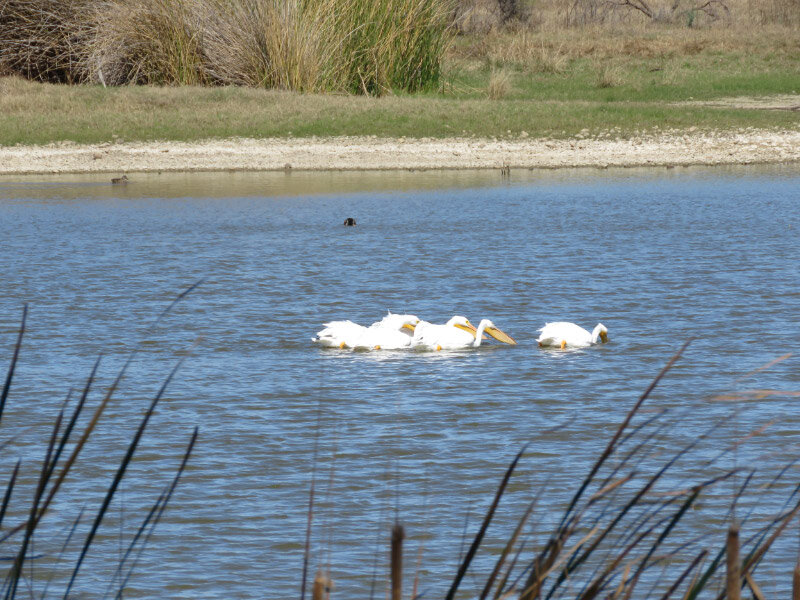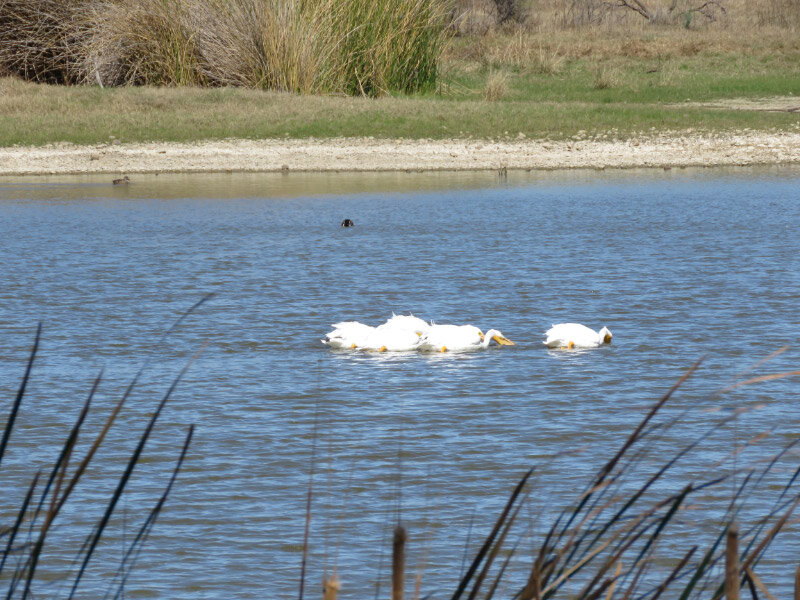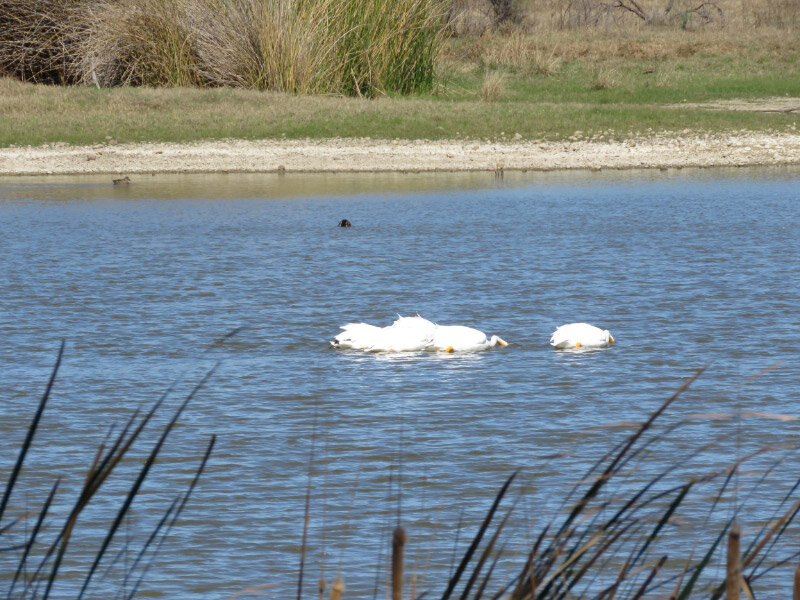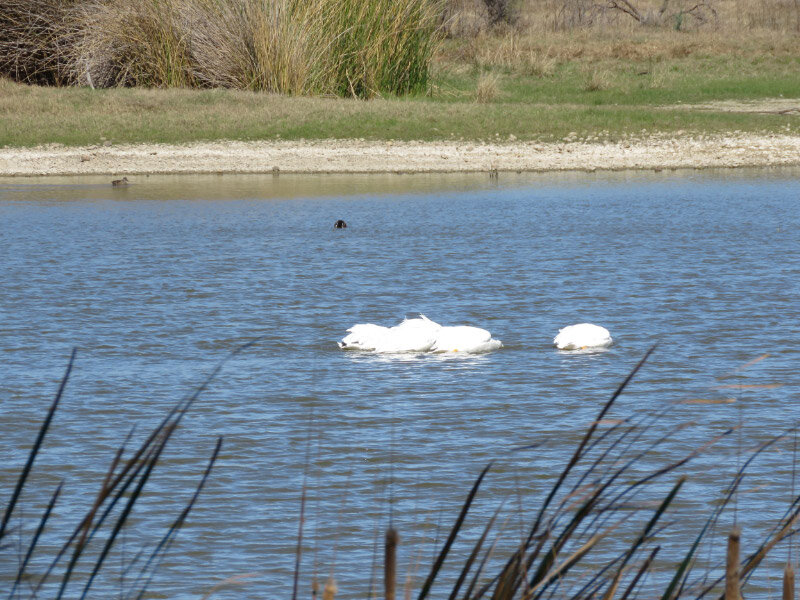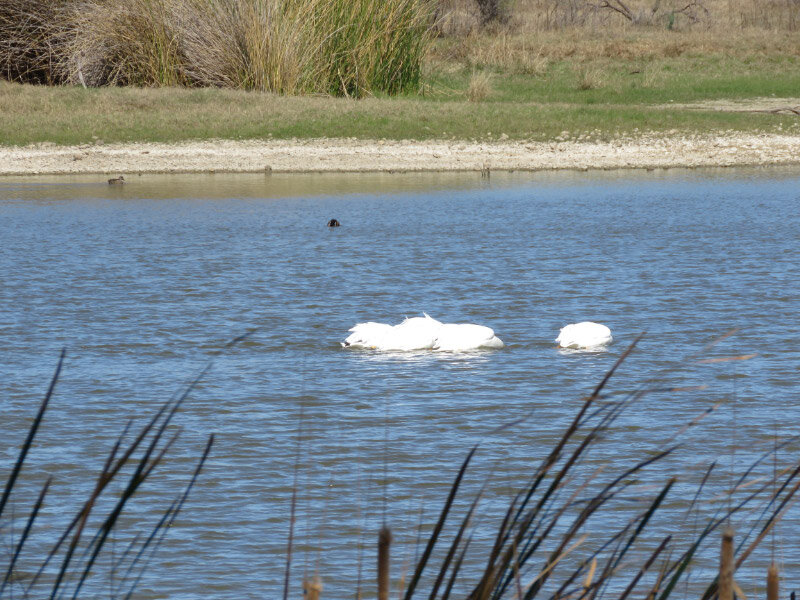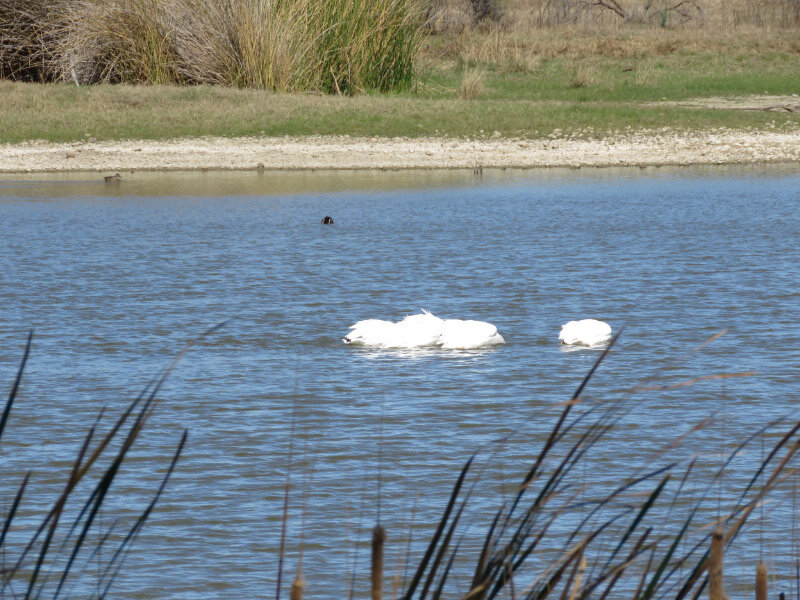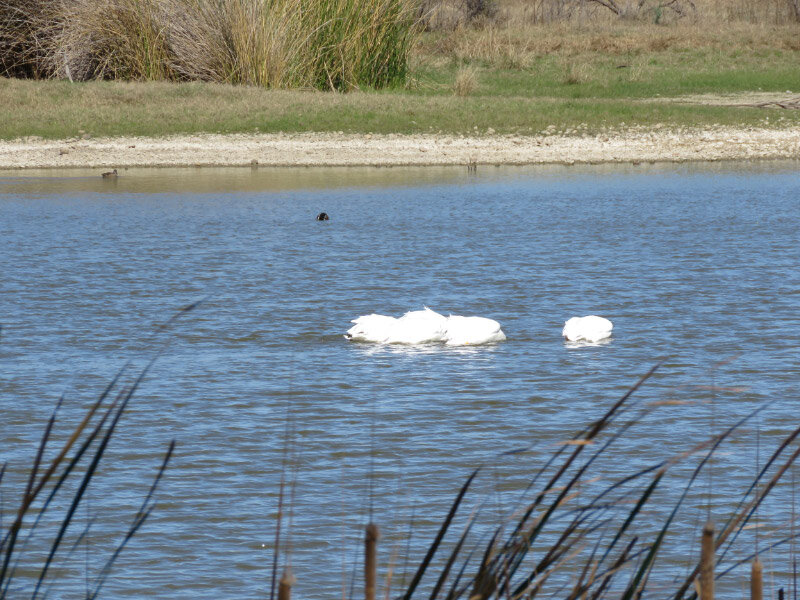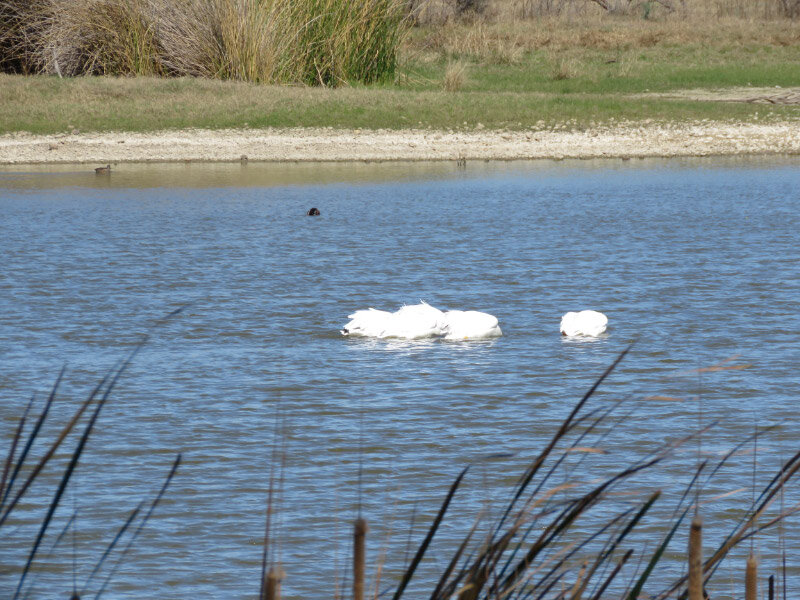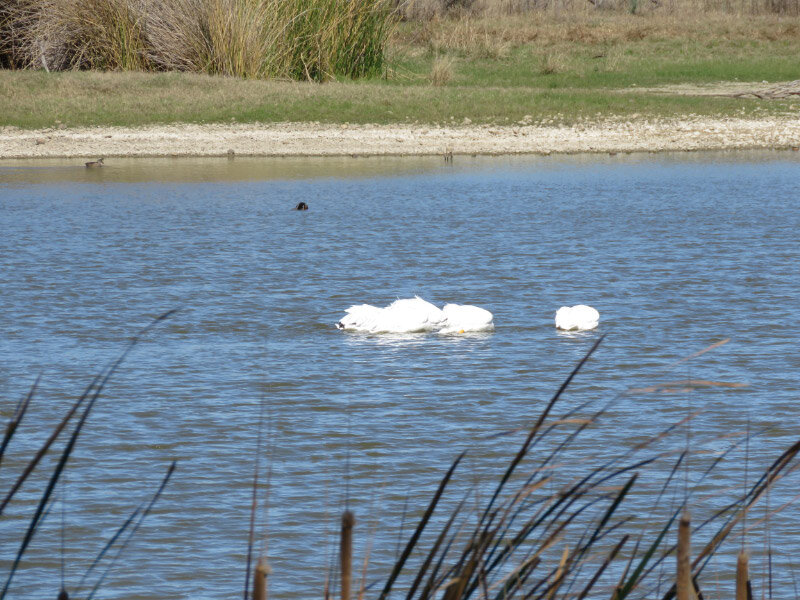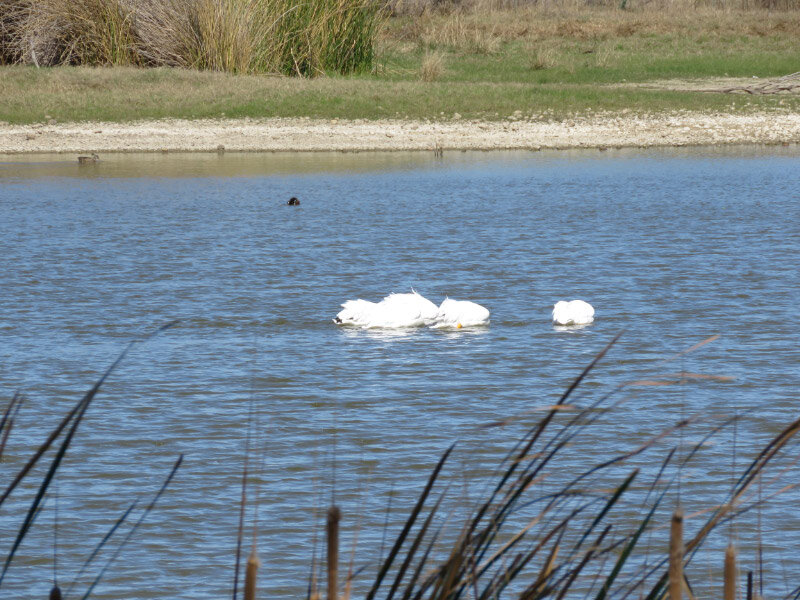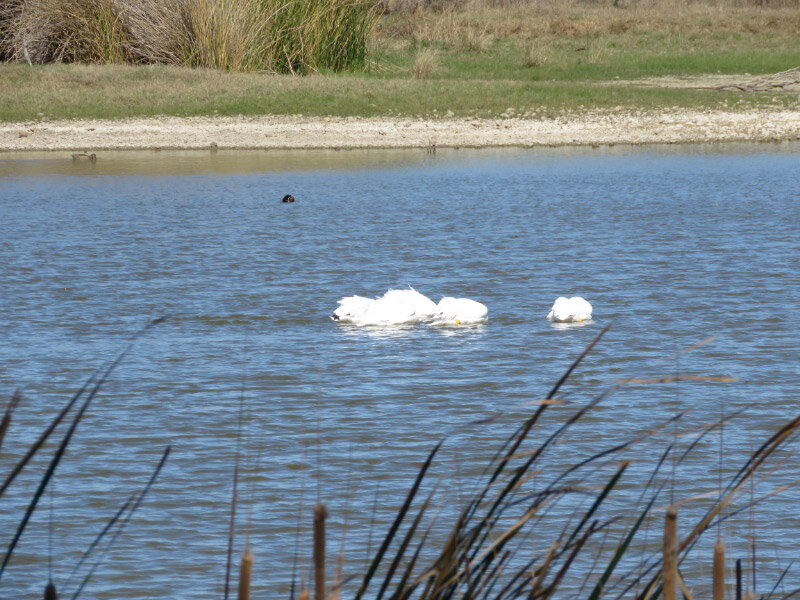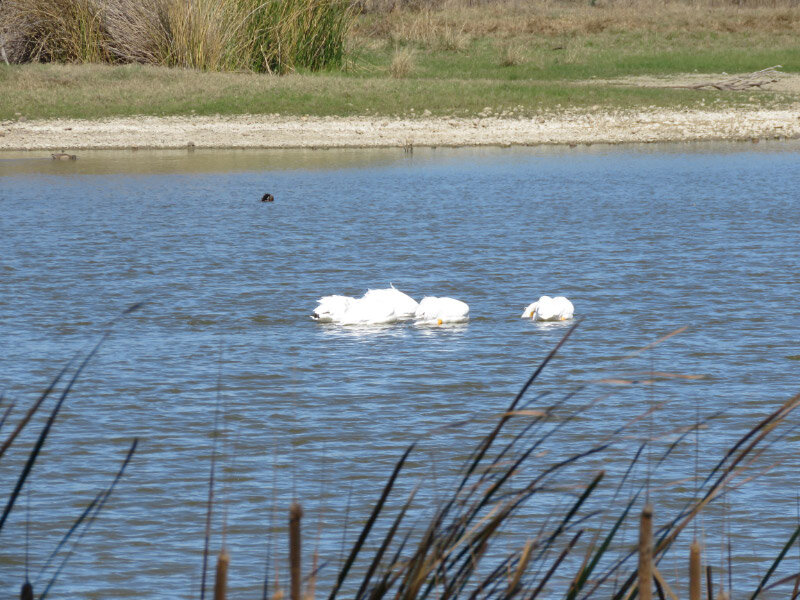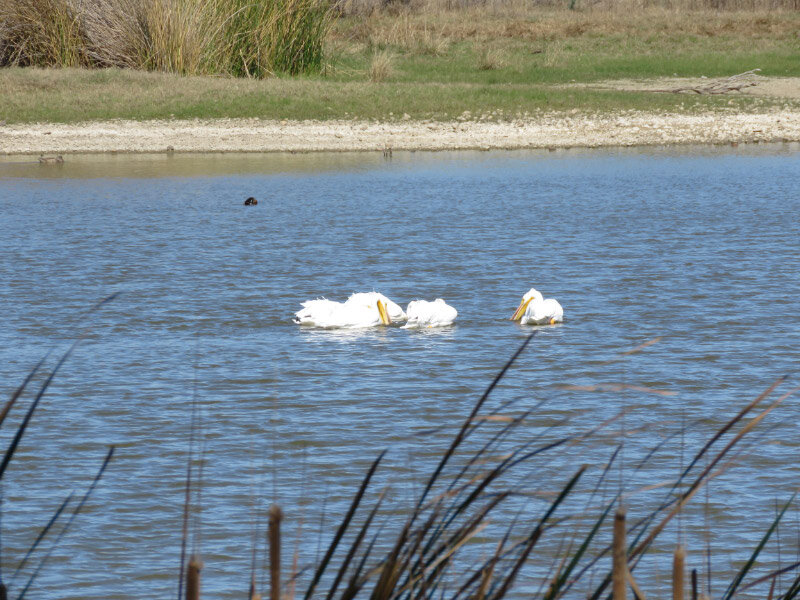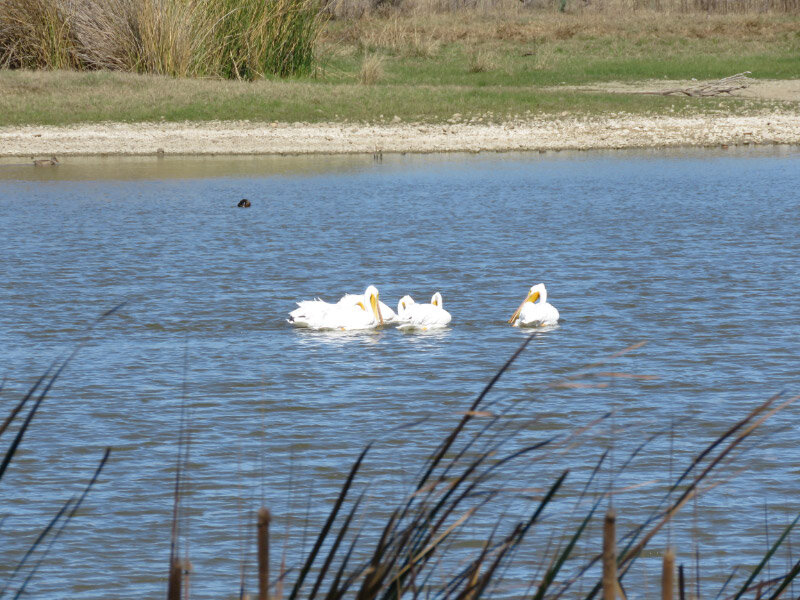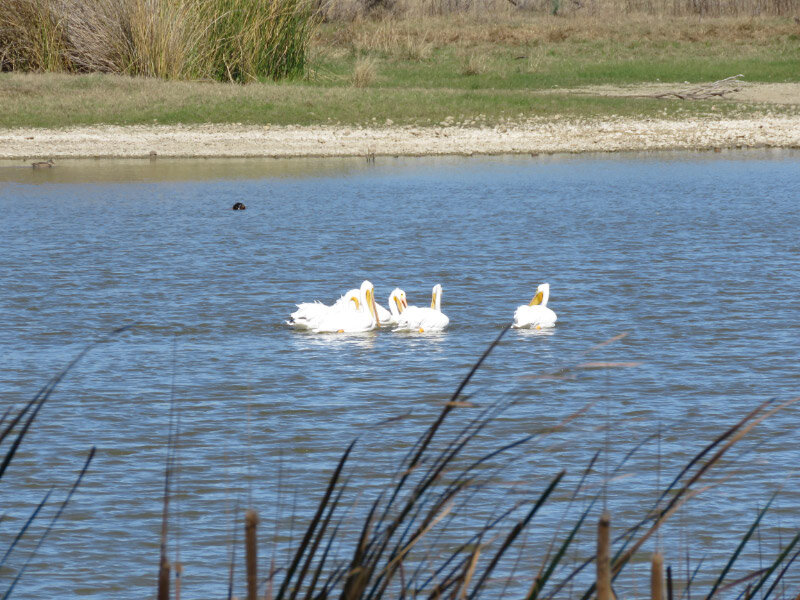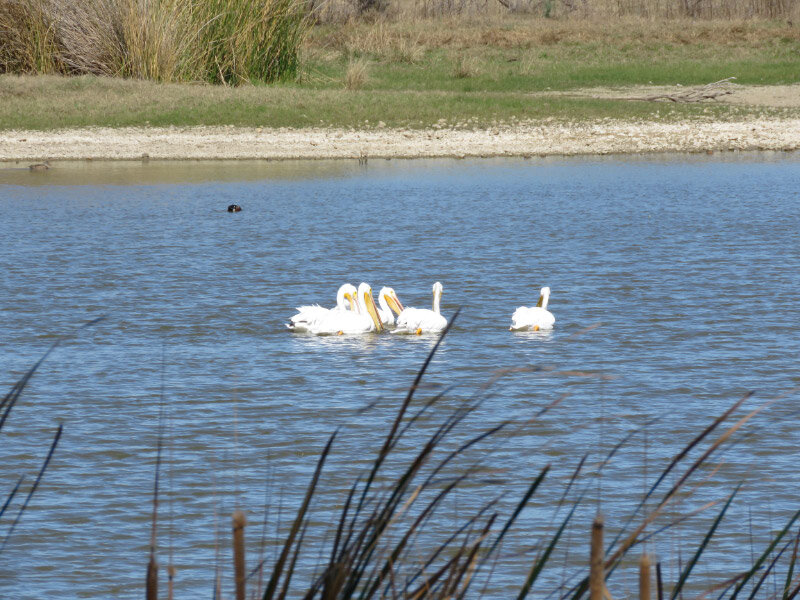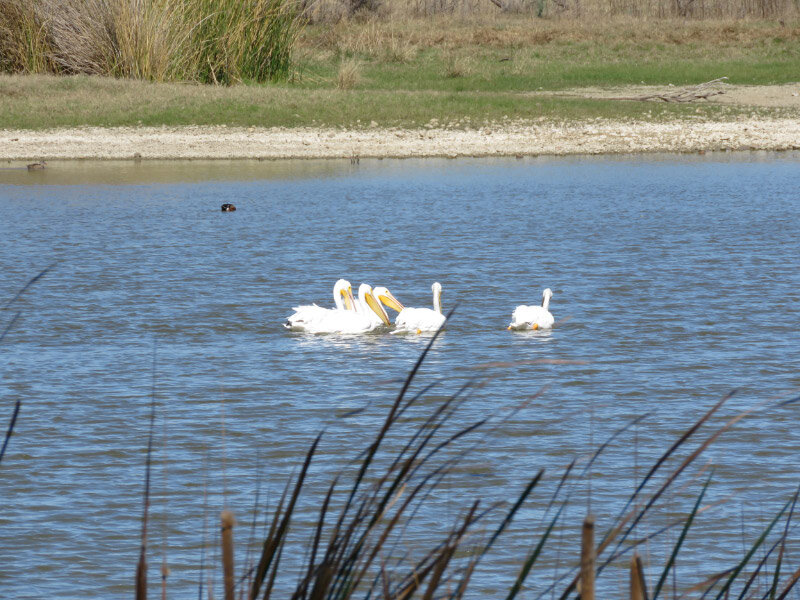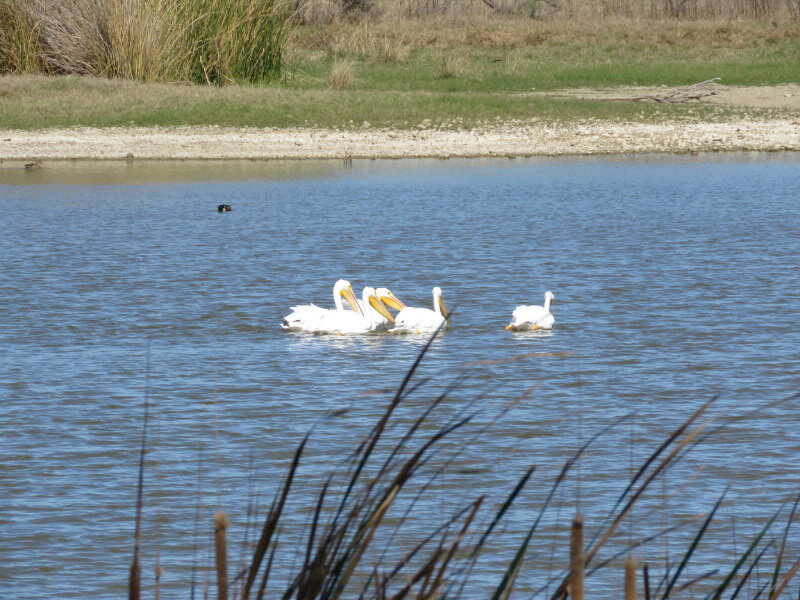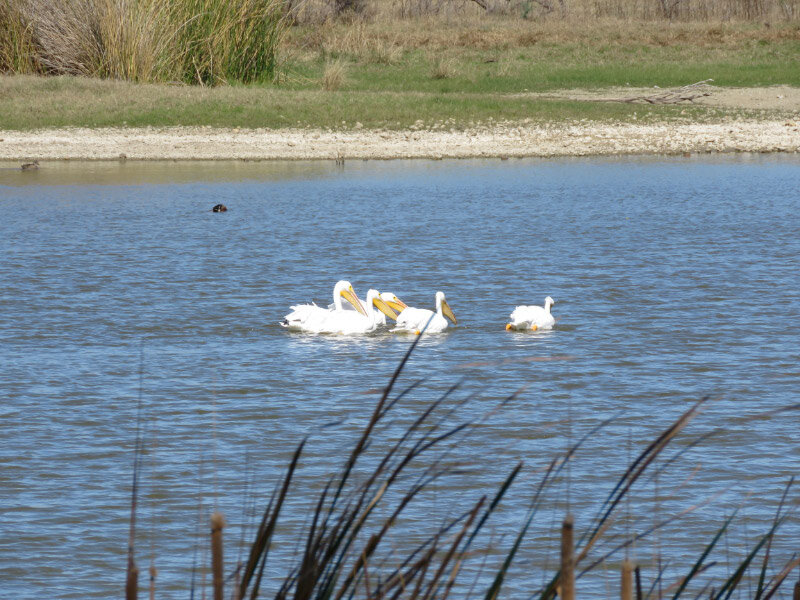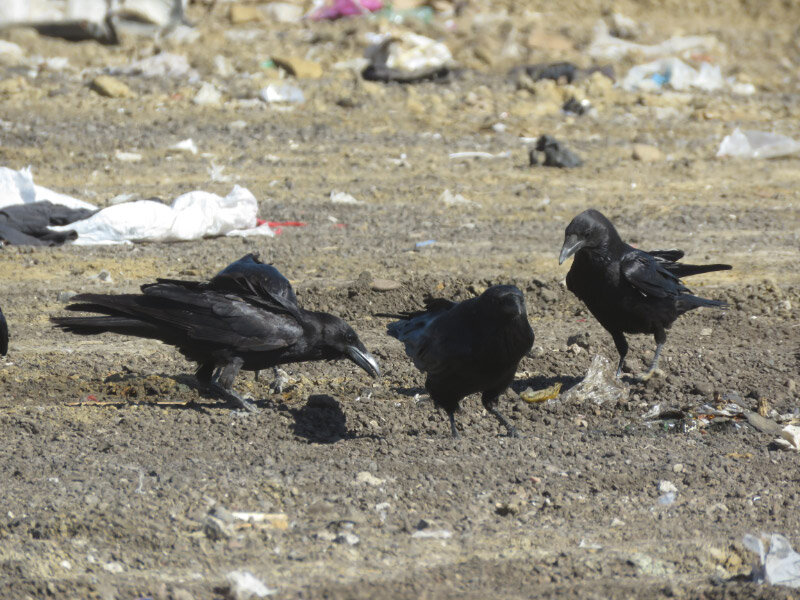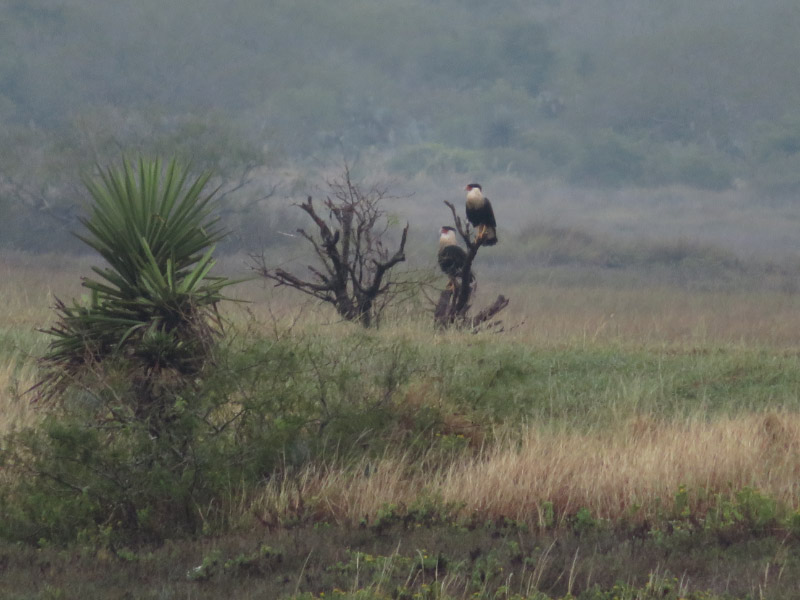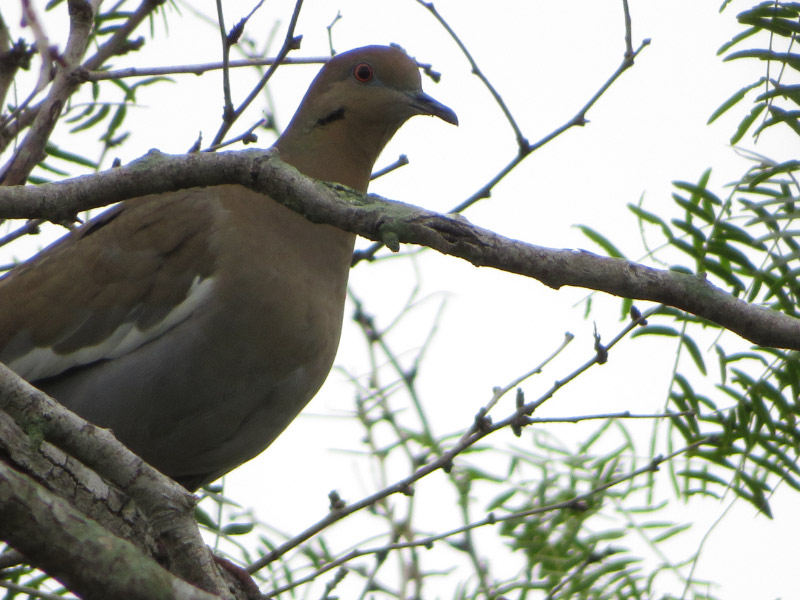Laredo Birding Festival Day 2
/We were up at 4:30 AM to prepare for our day of birding at the Laredo Birding Festival. After a delicious breakfast buffet we boarded the van shortly after 6:15 AM and headed to the Yugo Ranch - currently owned and operated by 6th generation descendants of Ygnacio Benavides, who live by the same conservationist philosophy as their ancestor – where we would spend the morning and early afternoon. We parked the van near the ranch buildings, and everyone bundled up since it was a cold morning.
There was a Texas Ebony tree near where we parked. There were a lot of seed pods on the ground around the tree. The birds and other wildlife had already finished off the seeds.
All during the morning we saw Vermilion Flycatchers – the bright red attracting attention.
Crested Caracara flew overhead and there were a pair in a tree just barely within the range of my camera.
When we made a loop back to the ranch buildings, I managed to photograph a wren which was easily identified later from the picture as a Cactus Wren. It seemed to be very interested in the chimney.
We drove out to look at some ponds on the ranch…and spotted a familiar bird: a Killdeer.
There were also Great Kiskadees like we saw several years ago during the Rio Grande Valley Birding Festival.
There were groups of Northern Cardinals…a small flock. In our area of Maryland they are usually only seen in pairs or males contesting turf…the small flock was new to us.
The high point of the morning was a Great Horned Owl. It was surveying the area from a tree growing on an island of the pond. It sometimes looked our way….decided our group was no threat at all.
Looking closely at the picture I took of a cormorant – I realize that it is a Neotropic Cormorant (rather than a Double-crested Cormorant) because the eye is surrounded by feathers rather than a bare patch of skin.
There was an American Wigeon just barely within the range of my camera zoom.
As we headed down the road in our van, there was a Curve-billed Thrasher in the road. I was ideally positioned to take pictures through the windshield of the van!
Also on along the road, a Pyrrhuloxia was spotted. For this picture I had to contort a bit to get the picture through a side window.
We had been seeing Harris’s Hawks and I finally got a picture of two that were near each other on a telephone pole. This species hunts as a team!
The next stop was Ranchito Road Lagoons. The high point of the afternoon happened at this location: American White Pelicans feeding in unison. I had not seen this behavior before. It was like a ballet and they did it for the whole time we were at the location.
A Black-necked Stilt and
Lesser Yellowlegs were feeding in the shallows.
On the way back to hotel we stopped at the Laredo Landfill. It was very windy (dust and some trash flying everywhere) so we didn’t stay long. There were quite a few Cattle Egrets huddled together near the entrance. And lots of Chihuahuan Ravens that were closer to where we stopped. I later wished that I had walked over to get a picture of the Cattle Egrets since we didn’t see them in any other festival location.
What a productive day of birding around Laredo!











